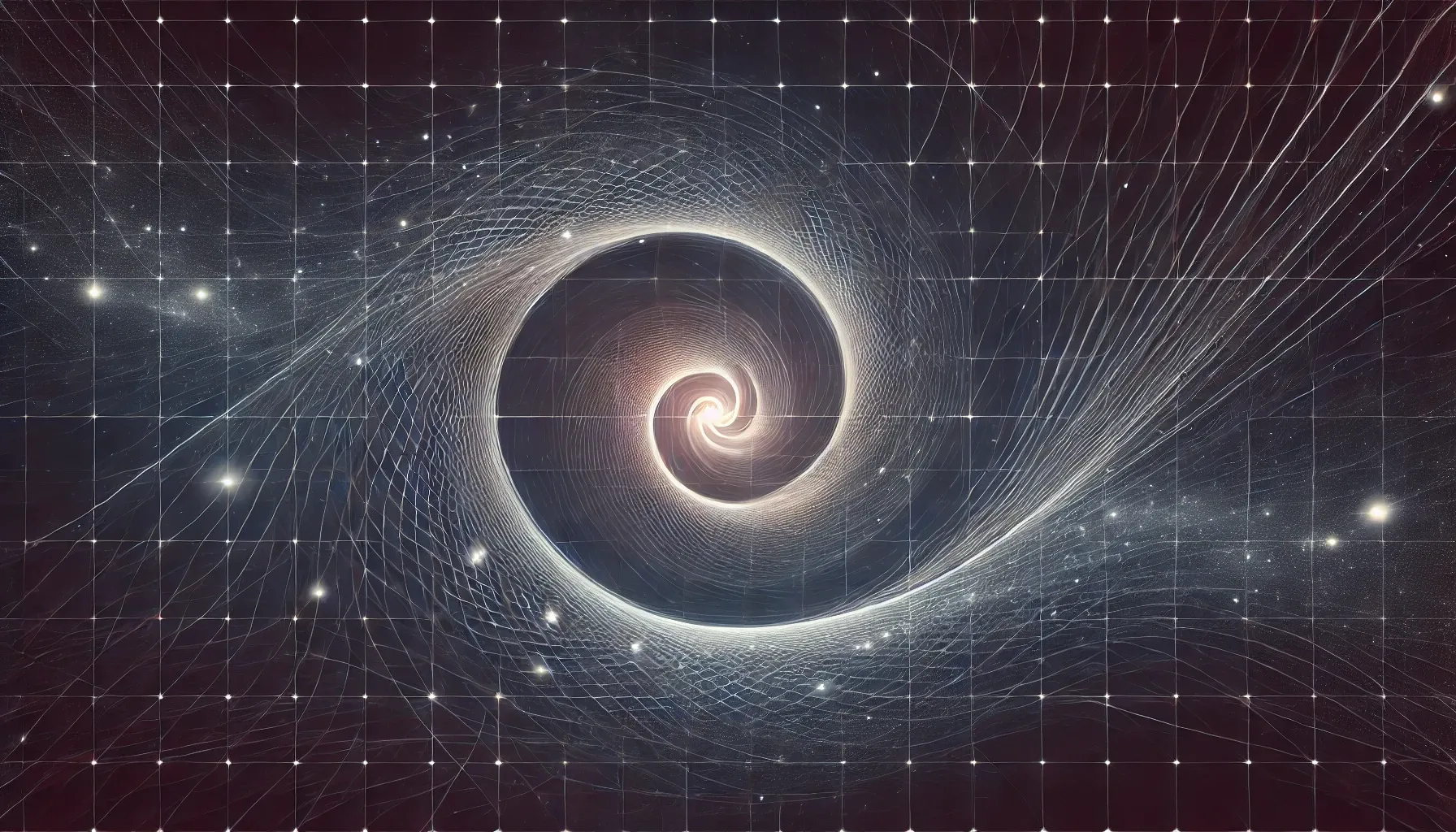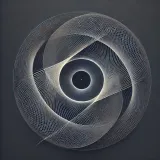The Three-Scale Construct: Seeing Reality Through Scale
A thought experiment introducing the concept of Universal Relativity, using quantum, human and cosmic observers to illustrate how time and space may scale across reality.
The concept of Universal Relativity is both intuitive and perplexing — elegant and complex in equal measure. Before diving into its core principles and applications across modern physics, I’d like to introduce a thought experiment that illustrates its foundational logic.
This was the very first thought experiment I conceived. If you can grasp it, you’ll have a solid foundation for understanding the entire framework of Universal Relativity.
Using imagination alone, we construct a hypothetical scenario involving three distinct scales of existence:
- The quantum scale
- The human scale
- The cosmic scale
We begin, naturally, from the human perspective — our own.
The Human Observer
Imagine you are part of an elite scientific team tasked with uncovering the deepest secrets of nature. You work in a secret mountaintop laboratory, fully equipped with the most advanced instruments ever created.
- In front of you is a quantum microscope capable of observing the deepest layers of the quantum realm.
- Beside it, a cosmic telescope so powerful that it can peer beyond the farthest reaches of the observable universe.
Everything around you feels normal. Time ticks by at its usual pace. You breathe, walk, think as you always have.
Now, through your microscope, you observe an incomprehensibly tiny quantum being. Through the telescope, you see a colossal cosmic being, unfathomably large, watching the universe from above.
You are perfectly positioned between these two extremes — a midpoint in a layered, scalable reality.
This is the Three-Scale Construct: a conceptual anchor for understanding Universal Relativity.
The Nature of Time Across Scales
Here is where the idea unfolds.
I propose that:
- At the quantum scale, space and time are highly compacted relative to ours.
- The result: time flows much faster than from our perspective.
Entire quantum galaxies pass in the space of a single breath. But from the quantum being’s point of view, time feels normal — just as it does for us.
Now consider the cosmic being.
Their world is so massive that space and time are heavily dilated relative to ours. From their view, our galaxies spin wildly, stars blink in and out of existence, and civilisations like ours appear and vanish instantaneously.
This leads us to a core principle of Universal Relativity:
As scale decreases, time speeds up relative to our perspective.As scale increases, time slows down relative to our perspective.Every observer perceives their own time as normal.
If theory and experimentation can confirm that time and space behave relative to scale, we unlock a profound shift in how we interpret the universe.
Interacting with the Quantum Being
Back in the lab, you start to observe the quantum being.
Given what we know, you expect to see them moving at incomprehensible speed.
Instead — they appear completely frozen in time. Still. Silent.
At first, this is confusing. But your team realises something profound:
Because we are observing them from a larger scale, their motion exists below our temporal threshold.
To us, they are effectively locked into a static state.
The act of observation has “captured” them in our time frame.
In this moment, the two timeframes intersect — briefly, precisely.
When the observation ends, the quantum realm continues evolving rapidly, unnoticed, unreachable.
This concept echoes a familiar mystery in quantum mechanics: the idea that observation collapses the system. But here, it's reinterpreted through scale.
Now let's flip the perspective.
The quantum being looks back at you through their telescope — and sees a colossal, frozen human eye, staring back, unmoving.
From their view, your time frame is so dilated, you appear locked in place. Your gaze will remain there, motionless, for the entirety of their civilisation’s lifespan.
The act of mutual observation creates a cross-scale lock — where time appears frozen on both sides due to extreme differences in temporal scaling.
This may suggest something deeper:
Observation across scales binds time frames, however briefly.
Interacting with the Cosmic Being
Now you turn your attention skyward.
Looking through your telescope, you see the colossal cosmic being gazing back at you.
You leave the observatory. Decades pass.
Thirty years later, you return and look again.
The cosmic being is still there, unchanged, apparently frozen in time.
But from their perspective?
They expected to see you moving at incomprehensible speeds — flashing through thoughts, actions, ages.
Instead, they see you motionless. They, too, are puzzled.
Eventually, they walk away — slowly, on cosmic timescales — continuing their vast, extended life.
Once again, observation has locked both beings in a shared moment, where extreme time scaling causes each to appear frozen to the other.
This is the paradox of cross-scale observation.
Implications for Physics and Beyond
This thought experiment introduces a new principle:
Relative Scaling — the idea that the perception of time and space depends on the observer’s position within the scale of the universe.
Humanity occupies a rare vantage point:
- We can observe the quantum world
- We can observe the cosmic landscape
- And we exist precisely in between
If we study these extremes carefully, we may find evidence that time and space behave differently than we've assumed — dilating and compacting not just with motion and gravity, but with scale itself.
Universal Relativity proposes that these effects do not happen in discrete jumps, but across a continuous, smooth gradient — a kind of scale field, stretching inward and outward.
Time and space may not be fixed, but fluid — warped not only by mass and energy, but by the scale of the observer.
This framework could help us reinterpret long-standing puzzles in physics:
- Why quantum systems behave the way they do
- Why cosmological models contain paradoxes
- Why time appears to “slow” or “stop” in extreme conditions
A New Take on Reality
I hope this thought experiment serves as a stepping stone toward a deeper understanding of Universal Relativity.
If we accept that time and space change with scale, we may unlock insights that challenge our entire perception of the universe — and perhaps, reveal that the barrier to understanding reality was never the equations or the data...
…but the scale from which we were trying to see it.

